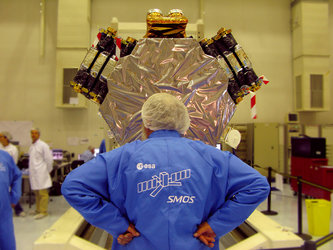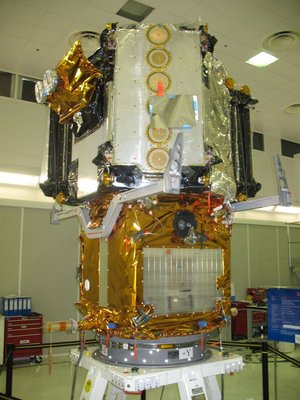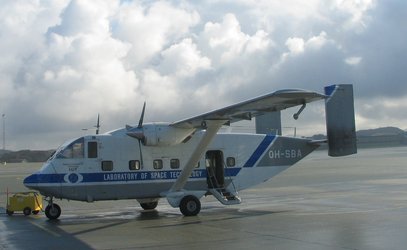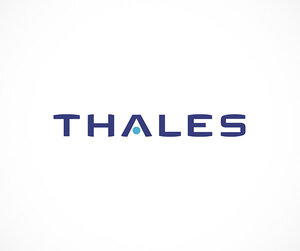SMOS and Proba-2 launch rescheduled for November
Following an agreement between ESA, Krunichev Space Centre and Eurockot Launch Services, ESA's next Earth Explorer mission SMOS and a secondary payload, the technology demonstrator Proba
The new November launch date follows a rescheduling of the previously announced date of 9 September. Both the Soil Moisture and Ocean Salinity (SMOS) satellite and the secondary payload
Proba-2, which is ESA's second Project for Onboard Autonomy mission, will be launched together on a Rockot launch vehicle from the Plesetsk Cosmodrome in northern Russia. This type of rocket was also used to launch ESA's Earth Explorer Gravity Mission GOCE in March this year.
The SMOS satellite is currently in the south of France at Thales Alenia Space's premises, where it has been in storage for the past year. The all-important Flight Acceptance Review has already been passed, which signalled that all the elements that make up the mission are in place for launch, so the satellite is ready and waiting to be shipped to the launch site.
ESA's SMOS Project Manager Achim Hahne said, "Since the launch date has been rescheduled for November to allow time for a Russian launch, we are now looking at September before we can start the launch campaign and start shipping the satellite and support equipment to the launch site in Russia. Although the delay is a little disappointing the team is very much looking forward to launch in November."

SMOS, or ESA's Water Mission as it is known, will make global observations of soil moisture over Earth's landmasses and salinity over the oceans. Through the use of a novel interferometric radiometer called MIRAS (Microwave Imaging Radiometer using Aperture Synthesis) developed by EADS CASA Espacio in Spain, the SMOS mission will provide global soil moisture maps at least every three days and maps of sea-surface salinity at least every thirty days. This will lead to a better understanding of the water cycle and, in particular, the exchange processes between Earth's surfaces and the atmosphere. Data from SMOS will help improve weather and climate models and also have practical applications in areas such as agriculture and water resource management.

Taking advantage of the launch, ESA's
Proba-2, which is a very small satellite, is being carried into space at the same time as SMOS. Proba-2 is the second in ESA’s series of small, low-cost satellites that are being used to validate new spacecraft technologies while also carrying scientific instruments. It serves as a testbed for new technologies and experiments to observe the Sun and do research into space weather.












